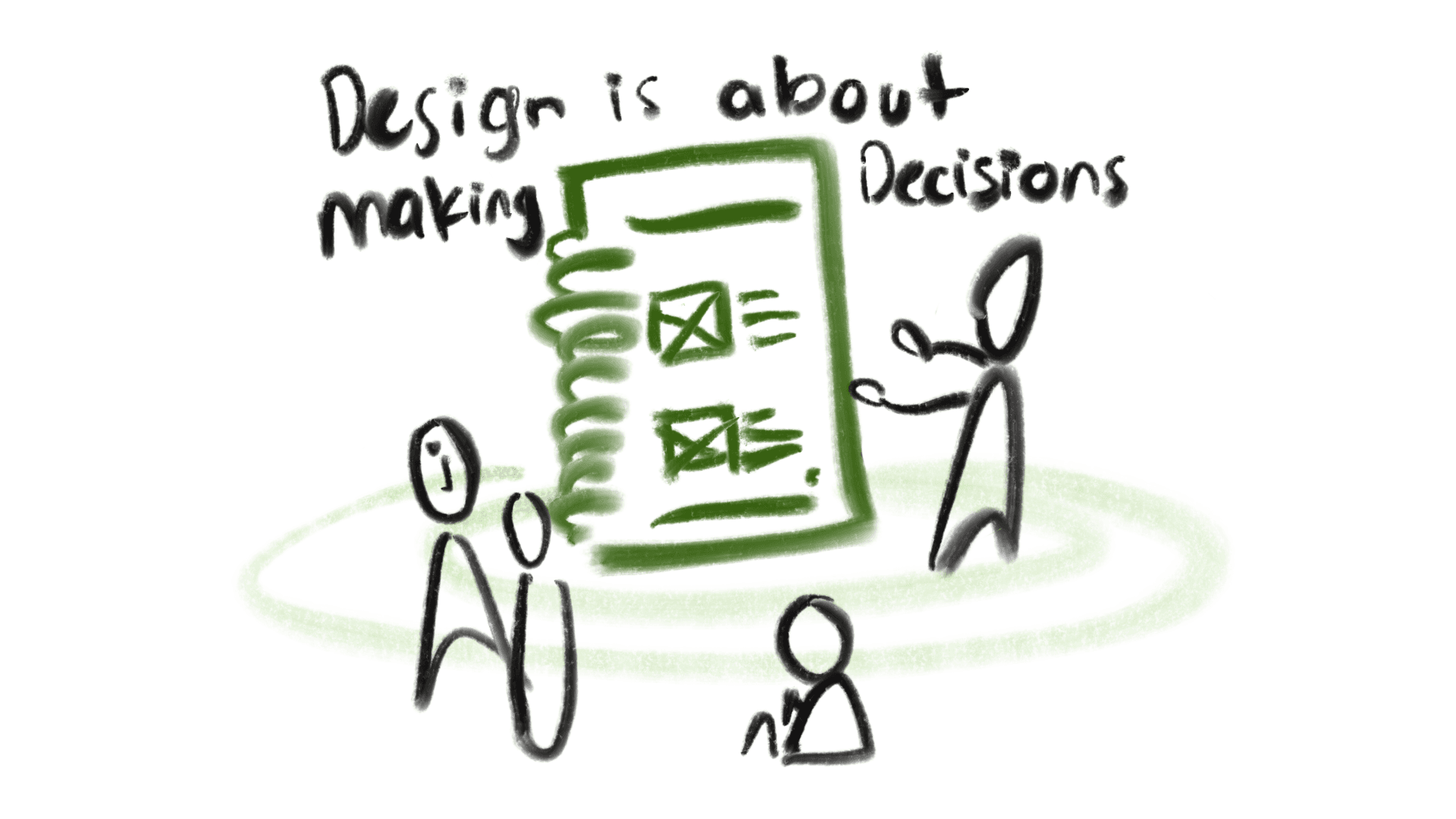What is a Design Journal?
And what it is for?
Nov 10, 2024
So, what is a design journal? It can be several different things:
A decision log to record every design decision made on a project, akin to git commits
A visual record plus notes of every iteration until delivery
An unorganized collection of thoughts around a design project
These approaches can more or less effectively provide additional context to artboards, mockups, and visuals. That context is key for stakeholders to understand, trust, and support design-led ventures.
Design is about transformation. Designers imagine a future state that doesn't exist and materialize it using visual and other sensory means. It's easy to apply subjective judgments to a design project that distracts attention from the initial intention with other, less important aesthetic aspects.
At least a basic form of reasoning is needed for someone to support a design decision.
It's much easier to support a transformation project that involves risk when you see a rational description of why it should exist and what specific steps are needed to reach that transformation successfully.
Furthermore, it takes special account of the work of others, making them feel respected, valued, and like active transformation agents. It fosters long-term relations and accountability for all people involved. Isn't that powerful?
After leading many design projects with multiple stakeholders, I found a base structure that works for most projects:
Design Brief
Understanding the problem
Question format: "Why does this project need to exist?"
Constraints
Design requirements sheet - Describing the solution
Shaping the design solution
Needs sign-off
Iteration records
V1, V2, V3, etc.
Media about the materialization of the solution
Comments and feedback from users/stakeholders
Actionable points for the next iteration
Shipping notes
What version did we ship and why?
Pending items for the next release/iteration
This general structure can work for most creative projects regardless of size. While it can be further developed, its base structure allows for customization and adaptation to multiple project types.
Design is about making decisions
A design journal is more than just documentation—it's a powerful tool for alignment and progress. When wielded effectively, it becomes the common ground where vision meets execution, where individual perspectives converge into shared understanding, and where complex design decisions find their rational foundation. Whether you're working on a small project or leading a major transformation, maintaining a thoughtful design journal could be the difference between a fragmented process and a cohesive journey toward meaningful change.
Do you use journaling in your process? I'd love to know how!

I'm happy to connect through Twitter / X or shoot me an email to hello@memoesparza.com